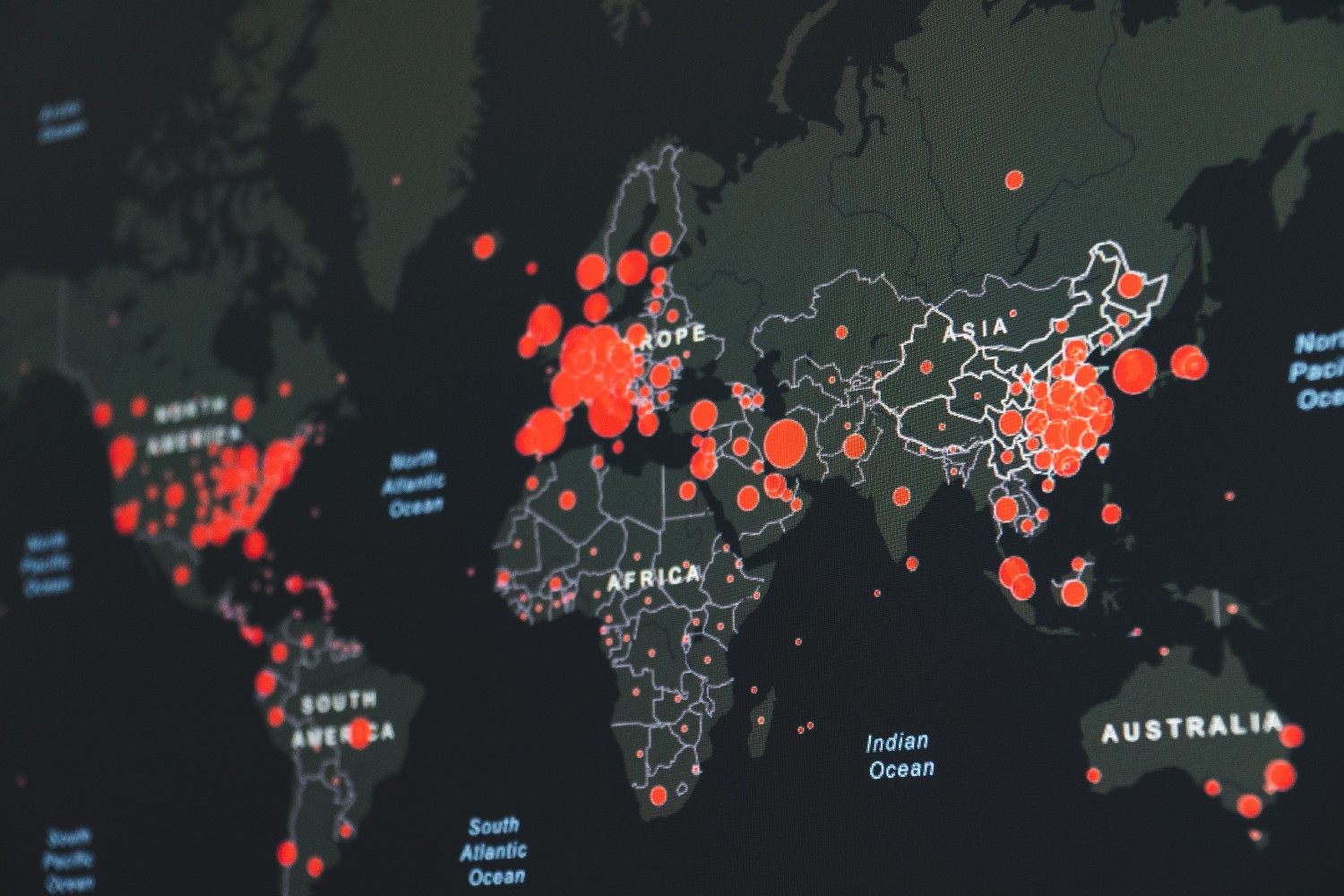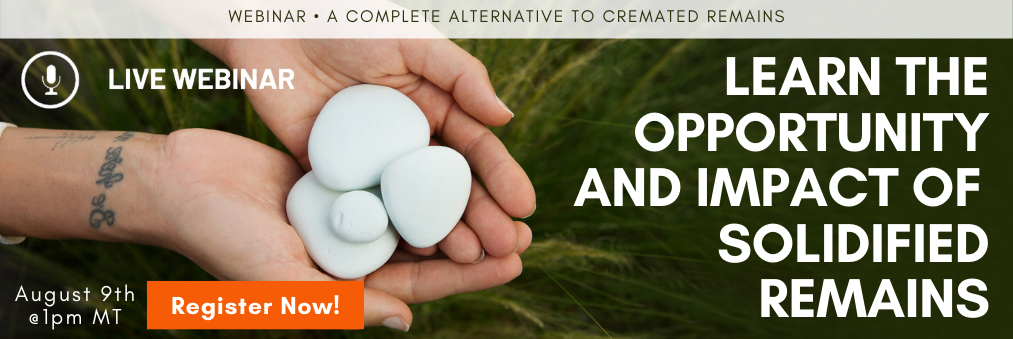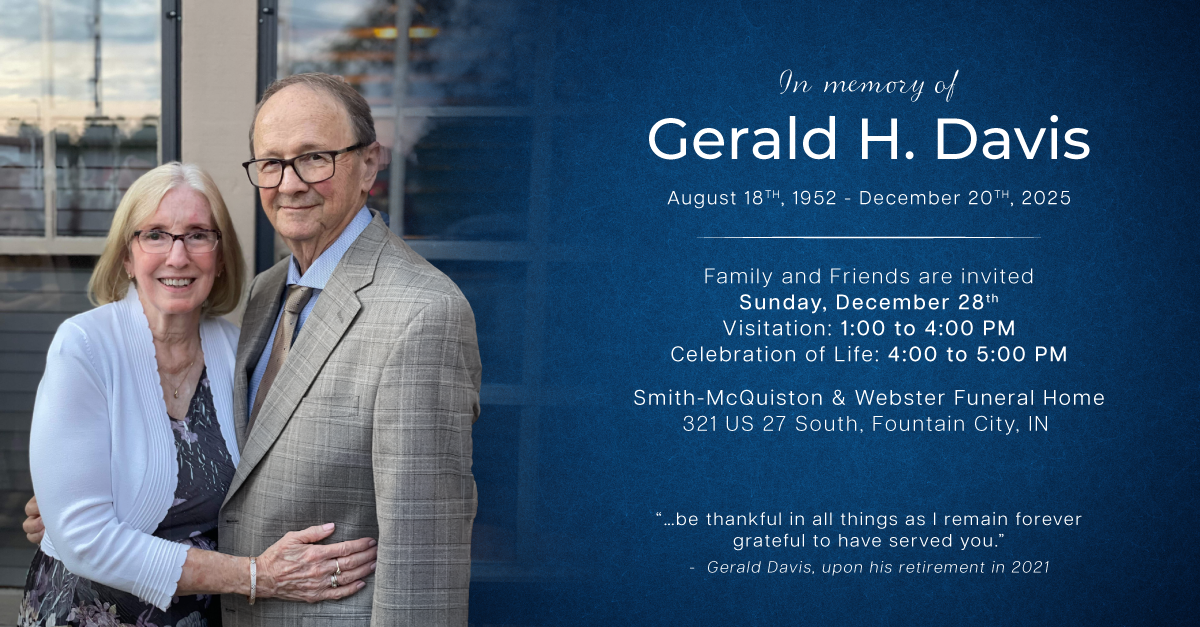What Deathcare Can Learn from the 1918 Flu Pandemic and Excess Death
Professionals across the deathcare space have been on the front lines of the 2020 Covid-19 pandemic and have witnessed firsthand the incredible and tragic amount of excess death in the US over the past year. According to the CDC, the age-adjusted death rate increased by 15% from 2019 to 2020, with Covid-19 being the third leading cause of death nationwide. A recent article on Connecting Directors dissecting CANA’s 2021 Annual Report revealed some unexpected impacts from the rise in premature deaths due to Covid-19 in 2020, including a potential dip in overall deaths in the coming years.
CANA’s Take on Covid-19’s Impact
CANA’s 2021 Annual Statistics Report held many fascinating facts pertaining to the impact of covid-19. A recent article on Connecting Directors digs into the report in more detail. The 2021 CANA report also begs the question of a potential dip in annual deaths overall in the next five years, due to massive “excess death” numbers in 2020. Barbara Kemmis explains in an interview with the Deathcare Decoded podcast:
“Because we are talking about 100’s of thousands more deaths than would normally happen year-to-year in the US (there was a 9% increase in deaths in the US in 2020), so I wonder… if those hundreds of thousands of families who had to make arrangements under the worst circumstances (I mean it’s always bad but these were the worst circumstances… maybe they themselves were sick and they couldn’t meet face to face or gather at the funeral home especially in the early months with the lockdown […]) in this group experience of grief, these circumstances […]were truly unprecedented, and I wonder what that’s going to mean short term, middle term, long-term. Tom talks about this in the article as well, the euphemism “excess death” means early death, premature death, these are people who died before their time, without their natural life span, maybe only a few years before their time […] but they still died in 2020, and it raises the question,[…] what does this look like for our business in the next 5 years? Are deaths going to decline, or at least level off? Are baby boomers going to replace those deaths? I haven’t heard from the demographers but all of those things are possible.”
Hear more about the 2021 CANA Annual Statistics Report and the effects of Covid-19 on the Deathcare Decoded podcast episode, “CANA’s 2021 Annual Statistics Report”.
Looking at Excess Death Numbers from Covid-19
An article on Stat News about calculating the true impact of the Covid 19 Pandemic explains, “The concept of “excess mortality” — the difference between the total number deaths from all causes during a specified period of time and the expected number of deaths for the same place and time of year, on a historical average — has been gaining attention as a useful metric. Countries from Belgium to South Africa, as well as major metropolitan areas like New York City, have adopted excess mortality counts to understand the true burden of Covid-19 outbreaks within their borders.”
The following graph from Our World in Data shows death rates throughout the year 2020 in comparison to the past five years, the yearly average since 2015, and the first months of 2021. It’s clear to see that death rates were overwhelmingly increased in March of 2020 and stayed elevated until March 2021.
According to the CDC, the year 2020 saw at least 299,000 more deaths than predicted or expected for that year. Many of these deaths can be attributed to the covid-19 pandemic. That means that 299,000 people who, without the covid-19 pandemic, would have planned a funeral at a later time, died prematurely in 2020.
Furthermore, looking back at overall mortality rates in the United States during and then after the 1918 Spanish flu pandemic, a dip in overall deaths can be seen after 1919, the last year that the influenza pandemic was in full swing, which continues through about 1921-22. The following graph from an article on the Penn Wharton website shows death rates and life expectancy in the United States from 1900-2010 and reveals the noticeable dip in overall deaths post 1919. We have every reason to believe that the excess deaths from the Covid-19 pandemic will cause a similar dip in overall deaths sometime over the next five years, due to the astronomical excess death stats of 2020.
It is also important to note that the death rate by population was steadily decreasing over the last century up until about 2014 due to improvements in public health, medical advances, and behavioral changes. The article from Penn Wharton states that “The United States has enjoyed more than a century of nearly uninterrupted declines in mortality and rising longevity. In 1900, one in 40 Americans died annually. By 2013, that rate was roughly one in 140, a cumulative improvement of more than two-thirds.” This shows that, overall, medical, scientific, and social advancements mean that each generation is living longer than the last. This amplifies the significance of the high number of excess deaths seen in 2020 and points to the question of how death care professionals should prepare for a decline in overall deaths in the coming post-pandemic years.
However, around 2015, death rates in the US started gradually increasing, particularly in middle-aged Americans. Numbers show that, on average, the death rate in the United States increased by an average of 1.3% year-over-year from 2016 to 2019. This study reveals that “Alarmingly, U.S. life expectancy fell between 2014 and 2015 and continued to decline through 2017, the longest sustained decline in life expectancy in a century (since the influenza pandemic of 1918-1919).” While the covid-19 pandemic absolutely caused a significant amount of excess deaths, it seems likely that deaths would have increased slightly from 2019 to 2020 anyway, considering the gradual upward trend of the last 5 to 7 years. In fact, if you take the 3,358,697 total deaths in 2020 estimated in CANA’s 2021 Annual Statistics Report and subtract the 299,000 “excess deaths” from covid-10 in (the first few months) 2020 as calculated by the CDC, you still get 3,059,697 deaths in 2020. That’s a 6% increase from the total death count of 2019, which was 2,854,838 according to USA Facts.
These numbers tell us one of two things. Either, the excess deaths of 2020 have been seriously undercounted, which is entirely possible and even probable, since many cases of covid and death from covid have gone undocumented and misreported. Or, the increasing death rate the US has seen since 2016 is continuing on track, and needs attention as a separate issue. In that case, the excess deaths from the pandemic would not have a great effect on funeral businesses over the next five years. However, in order to find out which scenario comes to fruition, we’ll have to wait and see, as there are no projections for future death rates in the US at this time considering the myriad of variables and factors.
Preparing for the Next 5 years
There are a few ways that funeral professionals can prepare for a possible reduced number of overall deaths post-covid due to excess death, should that unlikely scenario be a factor. In any case, the following steps will be helpful to your funeral business moving forward, regardless of national death rate trends.
- Prioritize serving families needs
In the Deathcare Decoded episode on the CANA 2021 Annual Statistics Report, Justin Crowe also explains that “[based on my own online research], I saw that 8,000 people per month online were searching for the term ‘things to do with ashes’ and for me, that shows those are 8,000 families that didn’t get served properly by their funeral home and that funeral home lost a potential sale. These families were clearly looking for an event or a keepsake or something else because the ashes didn’t satisfy them. And I think direct cremation doesn’t help that.” Justin’s research shows that even now with more cremations than ever before, families still have needs that aren’t being met by many funeral homes before and after the cremation process. Expanding the ways in which cremation families are served will help businesses now, and is even more important for the future.
Justin expands on serving families by creating an experience economy in deathcare in this video clip from an interview on the Deathcare Decoded podcast:
This mentality applies perfectly to an industry in which rising cremation rates aren’t going anywhere. Focusing on the needs of families by offering all of the same services and options to each customer will be even more vital for sustaining and growing business in the face of potential dips in death rates.
If you want to learn more about how Parting Stone’s solidified form of cremation remains is prioritizing the needs of families, register for their August webinar by clicking below.
- Learn how to sell to millennials
With the staggering numbers of premature and early deaths occurring due to Covid-19 last year, younger generations have found themselves in the position of funeral planning for loved ones or considering pre-planning for themselves. Online pre-need services like Cake have taken off in popularity, and funeral directors should be aware of this shifting demographic in deathcare consumers.
A recent article on Connecting Directors outlined that millennial and gen z funeral consumers might be looking for less traditional options when planning deaths, like funeral businesses with less strict dress codes, or funeral products and services that align with shifting consumer values. Research shows that millennials are going minimalist, focusing on quality over quantity, and valuing sustainability, thoughtful design, and long-term investments over gimmicks, trends, or fads. Click below to download an ebook of funeral services and products that millennials will love:
- Offer eco-friendly options
It’s clear from the 2021 Annual Statistics Report that funeral consumers are actively choosing cremation in steadily growing numbers each year. However, another recent Connecting Directors article reveals that green cremation is also growing in popularity, so it’s also clear that many deathcare consumers are making choices based on environmental concerns. Looking at ways to make cremation and burial more appealing to environmentally conscious consumers is an excellent way to make the most of potential decreases in death rates over the coming years. Click below to download an ebook of eco-friendly funeral products and services that will help make funeral planning more valuable for your eco-conscious families.





